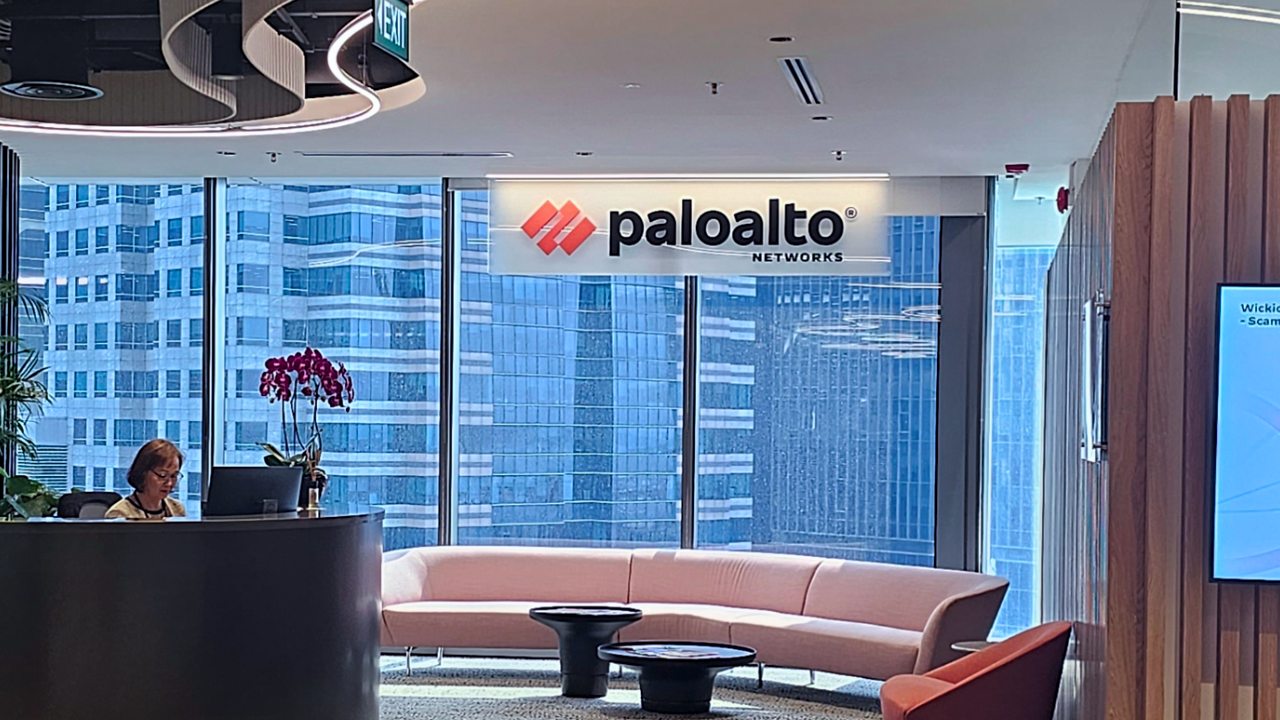A new global study shows a worrying gap between business ambition and real-world technology readiness. Business leaders are massively increasing their investment in generative and agent-based artificial intelligence, seeing it as key to staying competitive. At the same time, most of their organisations are relying on an outdated IT infrastructure that cannot handle advanced workloads. This dissonance not only threatens return on investment, but also opens up new vectors for cyber attacks.
According to a report by Unisys, based on responses from 1,000 senior executives, 78% of organisations plan to increase spending on GenAI. What’s more, 73% of them believe that the implementation of agent-based AI is key to surviving in the market. Despite this strong push towards innovation, only 36% of the companies surveyed report that their IT facilities are ready to support AI at scale.
Investment grows despite lack of satisfaction
Interestingly, decisions to increase budgets for new technologies are being made despite the fact that less than half of executives are fully satisfied with the return on investment in cloud, automation or GenAI to date. Despite this, as many as three quarters intend to invest more anyway.
This phenomenon indicates immense market pressure and a belief in the potential of technology, but also a lack of strategic alignment between business goals and IT department capabilities. Problems identified in the 2023 study, such as outdated infrastructure and a lack of alignment between IT and the business, remain unresolved, yet artificial intelligence has joined the list of priorities with full force. Low readiness also applies to other key areas:
- Quantum computers: only 32% of IT directors declare readiness.
- Edge computing: readiness at 34%.
- Augmented and virtual reality (AR/VR): supported by 35% of IT environments.
Reactive cyber security is a straight road to crisis
The technology readiness gap has a direct impact on security. As many as 85% of organisations admit that their approach to cyber security is reactive rather than proactive. Action is typically only taken after an incident has occurred, which, in the context of the rising cost of downtime – as much as $500,000 per hour – is an extremely risky strategy.
Particularly alarming is the lack of preparation for future threats. Only 14% of managers say their systems are ready for the post-quantum cryptography era, meaning that the vast majority of companies are vulnerable to attacks that could become standard in just a few years.
Although the implementation of modern security models, such as Zero Trust, is claimed by 62% of companies and 43% are reaching for AI-based security, the rate of adaptation is too slow in relation to the evolution of threats.
Need to upgrade foundations
The Unisys report identifies an elite group of ‘Innovation Leaders’ who are showing the right direction. Their success lies in smart and strategic decisions to modernise IT infrastructure that directly support business objectives.
There is a clear lesson for other companies: without a solid foundation, investing in advanced technologies such as AI is akin to building on sand. In order to realise their full potential, it is necessary to modernise the technology base and take a proactive stance in the area of cyber security.












